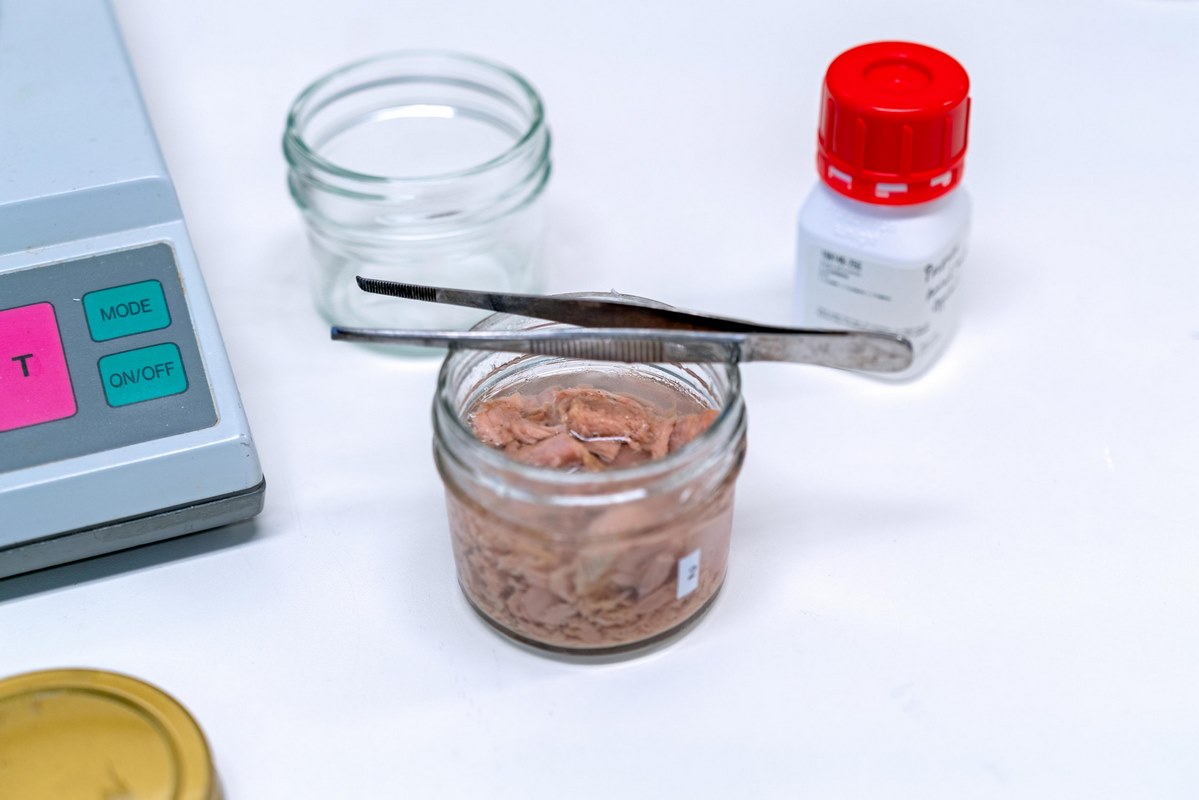A recent study that looked at snacking patterns found some dramatic figures when comparing those with type-2 diabetes and those without. Those without the disease snacked substantially throughout the day, adding a caloric intake equal to a whole extra meal time, or around 500 calories across three separate snacking periods.
In the study’s introduction, the authors cite a famous paper from 2007 that demonstrated Americans make around 200 food-related decisions per day, as well as another study that looked at the US population over 40 years and found there were 6 eating occasions on average, not 4, and certainly not 3.
The data was recovered from the National Health and Nutrition Examination Survey (NHANES), which is federally funded and relies primarily upon surveys of what people ate in the past 24 hours, a notoriously unreliable method but which continues to be used because of the ethical impossibilities of isolating people’s diet in their own lives. This same survey has produced observational studies that found snacking to be correlated to a higher-quality dietary pattern, which seems difficult to square with the recent study that produced the 500-calorie finding.
In fact, the literature on snacking is anything but uniform, and it’s clear the effects of snacking are complex and extremely difficult to track and quantify, since the kind of snack, and the frequency and timing of its consumption in relationship to meal times all change the influence it would have in the post-prandial, or post-consumption metabolic ecosystem.
Snacking likely played a role in the diets of early humans. Anything that was being gathered would probably be snacked upon, and with so much work and time spent hunting and gathering, there was likely only one true meal time and a few snacking periods. Excess energy intake is correlated with all the hallmarks of the Western, and now worldwide, burden of chronic disease, and it’s fair to meal plan on the assumption that excessive snacking of nutrient-poor, energy-dense foods will impede progress toward health and weight goals.
Some snacks might actually be beneficial. High-fiber snacks consumed in the hour before a meal time were shown to ameliorate the rise in blood glucose levels after the meal. Protein is the most satiating macronutrient, and the low presence of protein in the diets of the non-diabetic group in the first study discussed—the same ones who consumed the most calories from snacks overall—could be why they turned to snacking so often. Snacks containing animal products were shown to increase satiety, reduce snacking frequency, and reduce consumption at meal times in people with type 1 and type 2 diabetes.
It can be the dietary decision of least concern to the person eating, but snacks add up throughout the day to become one of the most significant calorie sources. If the timing, quantity, and quality of those snacks are not accounted for by the general population, it could help to explain why Americans have not reversed the rise in cardiometabolic disease rates in the country even while so many minds are bent toward providing solutions and information on how to reverse it.
The rise of metabolic and heart diseases stemming from poor diet and lifestyle choices of American citizens has been so significant over the last half-century that no stone has remained unturned in the course of discovering the best collection of methods for helping modern Americans reduce their disease risk.
A significant chapter was made with the introduction of time-restricted eating and the studies that showed simply limiting the hours in which food is consumed—even if the food itself and the amount of food aren’t changed—can reduce the risk of cardiovascular disease and type-2 diabetes.
Modifying these lifestyle choices related to food intake may offer hope of risk reduction in those who can’t escape the lure of chocolate cake or mashed potatoes with butter. If they can only manage to condense their consumption of whatever it is they love to eat to the three meal times, and to within a 10 hour period, they stand a much higher risk of seeing their grandkids grow up. WaL



